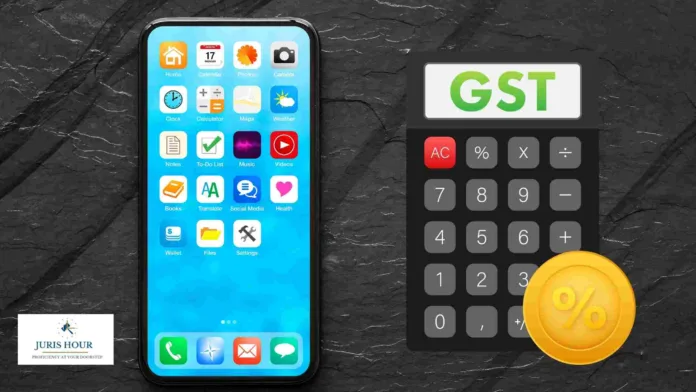India’s leading smartphone makers have once again urged the government to slash Goods and Services Tax (GST) on mobile phones from the current 18% to the lowest 5% bracket, arguing that handsets are no longer luxury products but essential tools for everyday life.
The India Cellular & Electronics Association (ICEA), which represents global and domestic players such as Apple, Xiaomi, Oppo, Vivo, Motorola, and Lava, has said that a tax cut would boost demand, make devices more affordable, and further strengthen India’s growing status as a global manufacturing hub.
Demand stagnation, rising costs
Smartphone shipments in India have remained stuck at about 150 million units annually for the past four years. Industry leaders blame the high GST rate for locking up working capital, raising input costs, and discouraging consumers from upgrading.
Calling mobile phones the “primary digital access point” for over 90 crore Indians, ICEA chairman Pankaj Mohindroo said the demand is not for a concession but for “correction,” stressing that smartphones must be treated as essential goods.
Accessories and parts under scanner
The association has also appealed for a uniform 5% GST on mobile phone components and accessories, arguing that aligning tax rates would eliminate anomalies and encourage deeper value addition within India.
Lava’s managing director Sunil Raina said the steepest gains would be seen in the budget segment. “Digitalisation cannot succeed without affordable smartphones. The sub-₹10,000 category, in particular, would benefit the most,” he said.
Old demand, fresh momentum
This push for tax relief is not new. In earlier discussions, the industry had even sought a compromise at 12% GST. However, Prime Minister Narendra Modi’s recent Independence Day message on reducing the tax burden for ordinary citizens has reinvigorated the campaign for the 5% slab.
When the GST Council first debated the issue in 2020, its fitment committee had recommended 5% for handsets. The final decision, however, pegged the rate at 18%. ICEA claims this has shrunk the Indian market from a potential 300 million units a year to just over 220 million.
Manufacturing boom, demand drag
Despite weak demand at home, mobile manufacturing in India has grown exponentially—from ₹18,900 crore in FY15 to ₹5.45 lakh crore in FY25—with exports crossing ₹2 lakh crore. India has now emerged as the world’s second-largest handset producer.
Divided opinion among analysts
Market experts remain split on the proposal. Counterpoint Research believes even a partial reduction to 12% could revive sales, especially in budget devices. IDC, however, has projected a slight dip in 2025 shipments due to slowing demand in entry-level phones.
On the other hand, TechArc’s chief analyst Faisal Kawoosa argued that revenue growth remains robust, driven by rising average selling prices and the surge in premium phone sales. “Devices priced above ₹30,000 now contribute over 30% of the market, compared to just 5–6% a few years ago. This makes the current 18% rate sustainable,” he said.
The government’s call
The debate underscores the balancing act between consumer affordability and government revenue. While manufacturers insist a GST cut would accelerate digital inclusion and support exports, skeptics argue that India’s market is rapidly tilting towards premium handsets. The decision now lies with the GST Council as the industry awaits clarity on whether smartphones will finally be classified as essential goods under the next round of tax reforms.
Read More: Advocate Not Liable To Verify Truthfulness Of Instructions Given By Client: Delhi High Court



